From the June 2022 issue of Apollo. Preview and subscribe here.
William Henry Fox Talbot never took photographs in Italy, but he claimed that the idea for the new technology came to him one day in June 1833 on the shore of Lake Como. Like a good British tourist, ‘a wanderer in classic Italy’ following in the footsteps of others of his class, Talbot sat with a camera obscura trying to sketch the scene before him. But his creation disappointed him. ‘The faithless pencil had only left traces on the paper melancholy to behold,’ he wrote. ‘How charming it would be if it were possible to cause these natural images to imprint themselves durably, and remain fixed upon the paper!’
Even if Talbot embellished this story when he told it years later, it contains an important kernel of truth. As The Idea of Italy demonstrates, the modern visitor’s experience of Italy is intensely photographic, and what we choose to photograph, in turn, is still determined by or reacts against a sense of the picturesque that has deep historical roots.
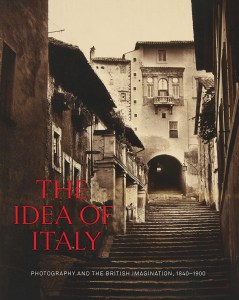 Just as Victorian Britain and Risorgimento Italy were in flux, so was the artistic and social status of photography. Talbot’s imagined origin story, as Chitra Ramalingam observes in her sharp contribution, lent a gentlemanly air to his new medium, locating its emergence not in the chemical miasma of the laboratory back home, or the cultural and scientific ferment of Louis Daguerre’s Paris, but rather at the tail end of the classical tradition and from the milieu of the Grand Tour, the journey of privileged sentimental education that came to an end with Napoleon’s invasion of the Italian peninsula in 1796.
Just as Victorian Britain and Risorgimento Italy were in flux, so was the artistic and social status of photography. Talbot’s imagined origin story, as Chitra Ramalingam observes in her sharp contribution, lent a gentlemanly air to his new medium, locating its emergence not in the chemical miasma of the laboratory back home, or the cultural and scientific ferment of Louis Daguerre’s Paris, but rather at the tail end of the classical tradition and from the milieu of the Grand Tour, the journey of privileged sentimental education that came to an end with Napoleon’s invasion of the Italian peninsula in 1796.
British photography emerged, writes Wilcox in his essay, from the iconography of the Grand Tour: the vedute of ancient ruins made popular by Giuseppe Vasi and Francesco Piranesi, the classical landscapes of Lorrain, Poussin and Gaspard Dughet, and the open-air sketch as practiced by Thomas Jones. Wilcox suggests, following Peter Galassi, that the etched-outline watercolour album developed first by the engraver Giovanni Volpato and the Swiss watercolourist Abraham Louis Rodolphe Ducros and, later, by Louis Jean Desprez and Piranesi, was the bridge to Grand Tour-inspired photography by figures such as Calvert Richard Jones (an Oxford friend of Talbot’s cousin who was photographing as early as 1841), George Wilson Bridges and, in the following decades, the Scottish painter-turned-photographer Robert Macpherson, who realised the commercial potential of photographs for souvenirs.
Souvenir photographs followed certain precedents, presenting not just the traditional classical and renaissance tourist attractions (and, rarely, some bean-eating Neapolitan lazzaroni or timeless rustic types), but literary ones, as well. Macpherson sold pictures of the ‘real’ Hilda’s Tower, after Hawthorne’s creation in The Marble Faun and of the house of Lucrezia Borgia (a favourite femme fatale of both Byron and Dante Gabriel Rossetti). In the 1860s, the enterprising German publisher Bernard Tauchnitz even printed editions of novels, including George Eliot’s Romola, with blank spaces for photographs purchased, or made, by the reader, blurring yet further the boundary between real and imagined Italy.
Photographs were also an important tool for the study and the dissemination of classical and Renaissance culture in Britain. John Ruskin was an enthusiastic collector of daguerreotypes and employed them in his scholarship, first in his study of Venetian architecture: ‘While a photograph of landscape is merely an amusing toy, one of early architecture is a precious historical document.’ Photographs could help resolve more substantive questions. In Modern Painters, Ruskin noted that the daguerreotype could capture ‘true aerial perspective and chiaroscuro with […] real gilding and elaborate detail.’ It also made possible the comparative study of art. To that end, Henry Cole, first director of the South Kensington Museum (now the V&A), commissioned photographers to build up the museum’s archive of British and European art and included photography in his ‘Convention on the Reproduction and Sharing of Works of Art’ (1867).
For Italians, photography became an explicitly political tool: the cause of Italian nationalism was one of the first movements to be mediated by photographs. The journalist and politician Giuseppe Mazzini lived in exile in London from 1837 to 1848 and cannily employed images – etchings in the illustrated press, and numerous cartes de visite – to fashion himself as a charismatic embodiment of his nation, as well as to raise the profile of other figures, including a little-known general, then fighting in Uruguay, called Giuseppe Garibaldi. The red-coated general’s defence in 1849 of the Roman Republic against French-backed papal forces became the first war to be recorded (by the Italian photographer Stefano Lecchi) on paper negatives.
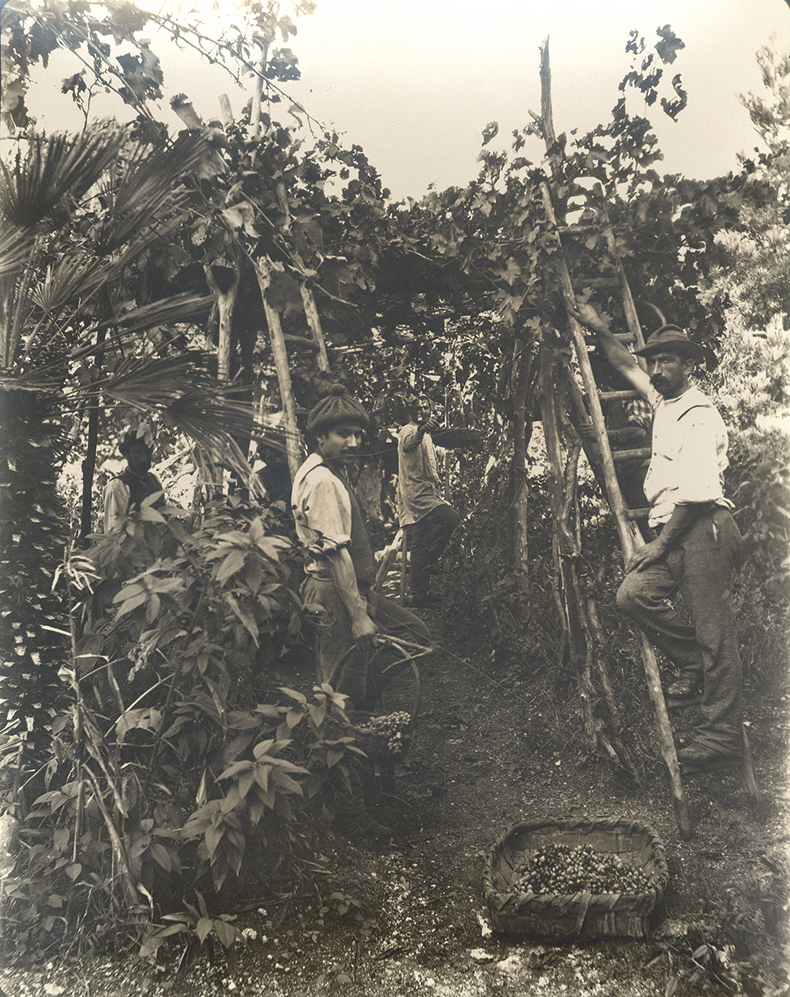
Group of Men Busy with Grape Gathering (Amalfi Region) (c. 1890–1913), Agnes Bulwer/Dora Bulwer. British School of Rome, Photographic Archive
One of the themes unifying the book’s excellent contributions is, to borrow the critic Manfred Pfister’s term, the ‘meridionalism’ of British attitudes to Italy – a southern European equivalent of Edward W Saïd’s Orientalism. But the book also attends to the ways individual instances of humanity snuck into such carefully composed photographs, leading, at the end of the 19th and the beginning of the 20th century, to the protohumanism Martina Caruso sees in the photography of Agnes and Dora Bulwer. In the 1,300 negatives the sisters left to the British School in Rome, types become people: their pictures capture the motion of the marketplace around the aqueduct at Sulmona, the insouciant gaze of grape-pickers in Amalfi, the play not of street urchins, but children.
British photography in the tradition of the Grand Tour helped to create ‘a flawless mirage’ of Italy, as Pelizzari puts it. But, as it left its aristocratic roots behind, the medium also proved uniquely suited to capture a more flawed version of the country with a truthfulness that Talbot couldn’t have imagined, but would surely have admired.
The Idea of Italy: Photography and the British Imagination, 1840–1900 by Maria Antonella Pelizzari and Scott Wilcox (eds.) is published by Yale University Press.
From the June 2022 issue of Apollo. Preview and subscribe here.
Unlimited access from just $16 every 3 months
Subscribe to get unlimited and exclusive access to the top art stories, interviews and exhibition reviews.

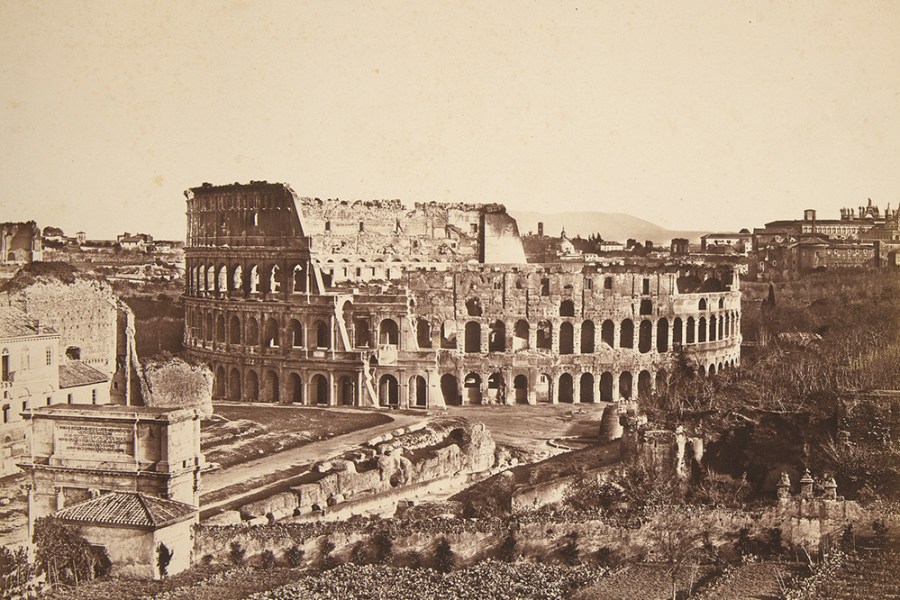
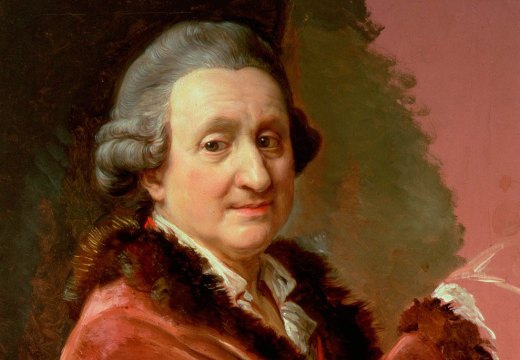
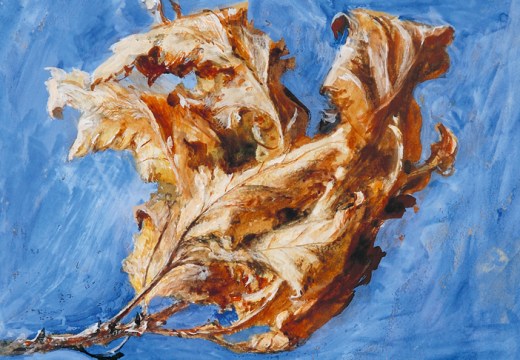
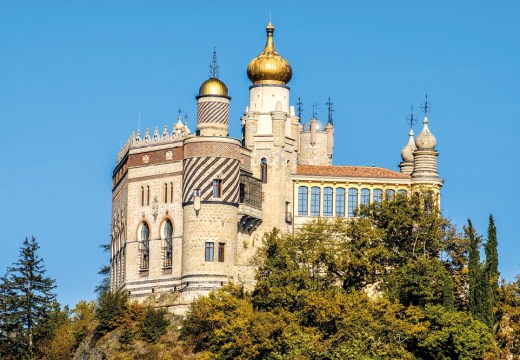









![Masterpiece [Re]discovery 2022. Photo: Ben Fisher Photography, courtesy of Masterpiece London](http://www.apollo-magazine.com/wp-content/uploads/2022/07/MPL2022_4263.jpg)
It’s time for the government of London to return to its rightful home